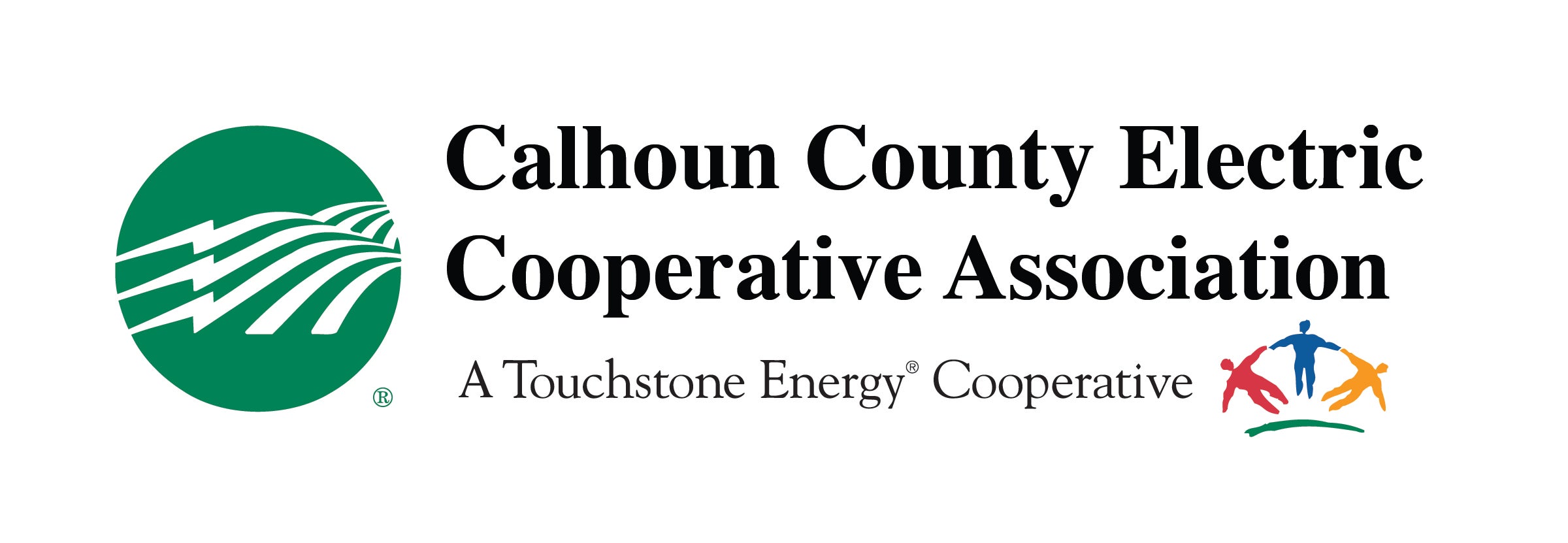Calhoun County Electric Cooperative Association and its power supplier, Corn Belt Power Cooperative, cut the ribbon on a new 1.425 mega-watt Tesla MegaPack battery energy storage system at the Hampton Substation on Tuesday, June 27. Close to 70 cooperative employees, directors and managers attended the event, inside the REA Museum, located right next to the cooperative’s substation.
The event brought together old and new technology, as one of the original 750-kilowatt diesel generators still resides inside the REA Museum.
Ken Kuyper, general manager and executive vice president, Corn Belt Power Cooperative, spoke of the cooperation among cooperatives that led to this successful project, as well as the project’s two-fold goal to offset load during peak demand and learn more about battery technology.
“Each one of our cooperatives played a role in getting this project off the ground,” Kuyper said in his speech. “The battery energy storage system is the byproduct of our relationship with our member-cooperatives. I always say that doing things by consensus and as a team will yield good results and position Corn Belt Power well into the future.
“Our goal with the project is to learn more about battery technology, the process of procuring and installing batteries, how to operate them, and how a battery can benefit the cooperative,” he continued. “On a good day, this battery could power around 150 homes for about six hours. It’s far from what we need to serve our entire membership. However, we will see economic benefit to the Corn Belt Power membership by lowering demand charges in times of high use.”
During the event, Darwin Meyer, Franklin County Historical Society, shared a brief history about rural electrification across Corn Belt Power’s service territory.
Calhoun County Electric Cooperative's CEO, Keaton Hildreth, says the battery project will benefit Calhoun County Electric Cooperative members.
“We worked together as a group to come up with the most cost-effective way to implement a battery energy storage system,” said Hildreth. “We value our great partnership with Corn Belt Power and Basin Electric Power Cooperative, our power suppliers, and Tesla. We know this battery won’t power our entire service territory, but it does allow us the opportunity to research and study the new technology. Our goal is for the battery to pay for itself in a little more than 11 years.”

